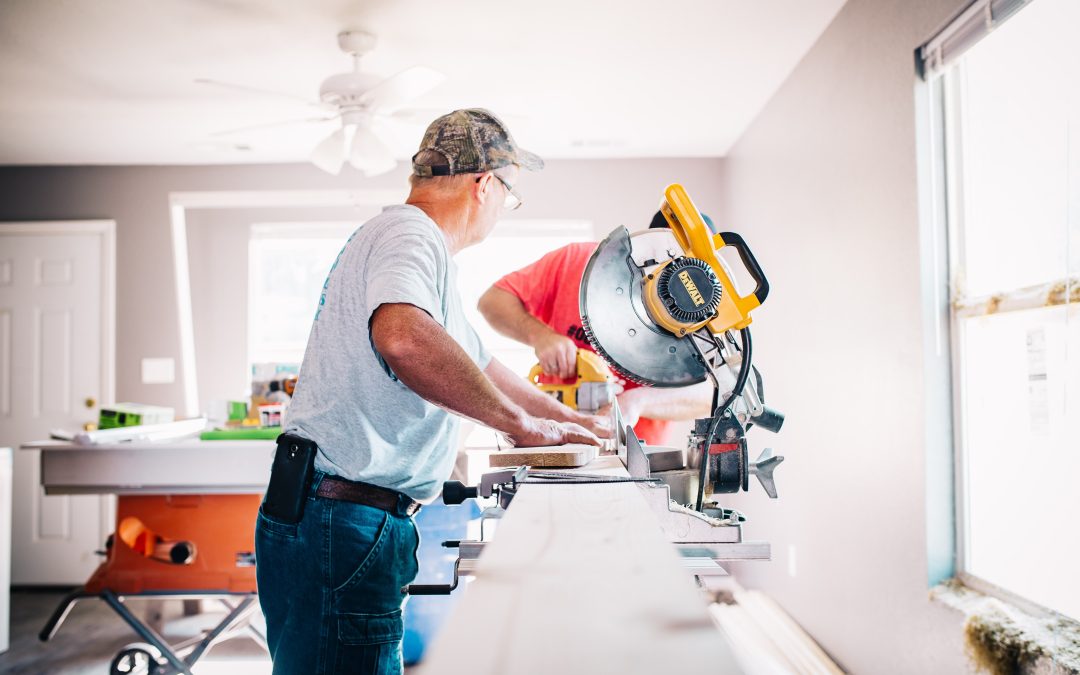Having thoughts to remodel your home or build a wooden deck this year? I wouldn’t pull the trigger on it just yet for it may bust your budget now due to the cost of lumber sky rocketing to record levels. Prices for softwood lumber have jumped 122% in the last year alone with expectations for it to rise even further due to a sharp increase in demand. The U.S. Census reports that housing start-up projects have increased 30% year over year for single-family homes, due in large part to the coronavirus pandemic. In addition to that matter, there has also been a surge in home remodels and renovations this year resulting from people who have been limited to leaving their houses, putting money they would have otherwise spent on going out and traveling into their personal properties instead. With the lowering of interest rates across the US, a growing demand for housing has given builders more incentive to increase production but it’s also worth noting that an increase in durable goods such as large appliances and furniture which require larger wooden pallets have also led to a higher consumption rate for both soft and hard woods.
However the increase in demand isn’t the only factor driving the prices to soar. The reality is that both lumber dealers and mill operators missed their mark in 2019 by misreading the market. With expectations that the year 2020 would be much of the same, they pumped the brakes on production. Once the pandemic hit, people in the industry got really frightened causing construction curtailments across the country to halt supply chains from procurement to production; ultimately leading to trouble down the road for companies who had no protocols in place for resuming operations at a limited capacity. The trouble that COVID-19 caused was that it made lumber harder to produce. Mills needed to limit shift work to comply with CDCs social distancing guidelines. This led to mills letting their inventory levels drop below normal safety stock levels where typically a trigger is in place which would notify supply planners that they are at a dangerously low level for not being able to fulfil projected demand.
Mill operators and Lumber dealers were surprised as anyone when housing turned out to be one of the more sought after markets in the economic recovery with demand coming back swiftly. By the time the new demand for it was realized, it was too late. Mills were not operating at full capacity and safety stocks were nearly diminished, it’s next to impossible to keep ahead of the demand curve which conclusively brings us to why the prices went skyrocketing. According to the National Association of Home Builders “Higher lumber prices have added more than $16,000 to the price of the average newly built home.” These higher prices will certainly cut into builder profitability as well as buyer affordability which is constraining more robust growth. Chief economist of NAHB, Robert Dietz stated that” A shortage of buildable lots is making it difficult to meet strong demand and rising material prices are far outpacing increases in home prices, which in turn is harming housing affordability.” The same goes for the remodeling and renovation business. “Favorable interest rates and increased pandemic-related demand for remodeling have given architectural & design firms confidence for quarter 1 compared with the previous quarter, yet construction businesses have tempered their expectations slightly as they continue to face supply chain constraints, labor shortages, and increasing costs for material” according to senior economist at Houzz, Marine Sargysan.

Recent Comments